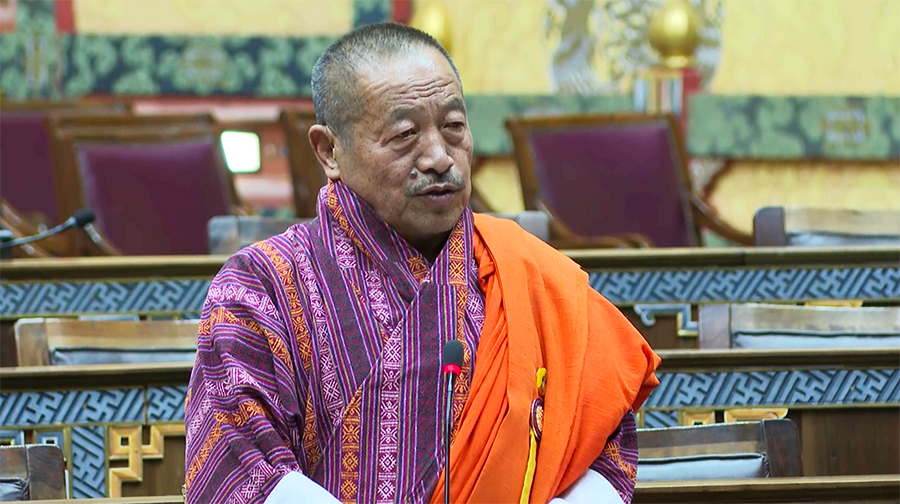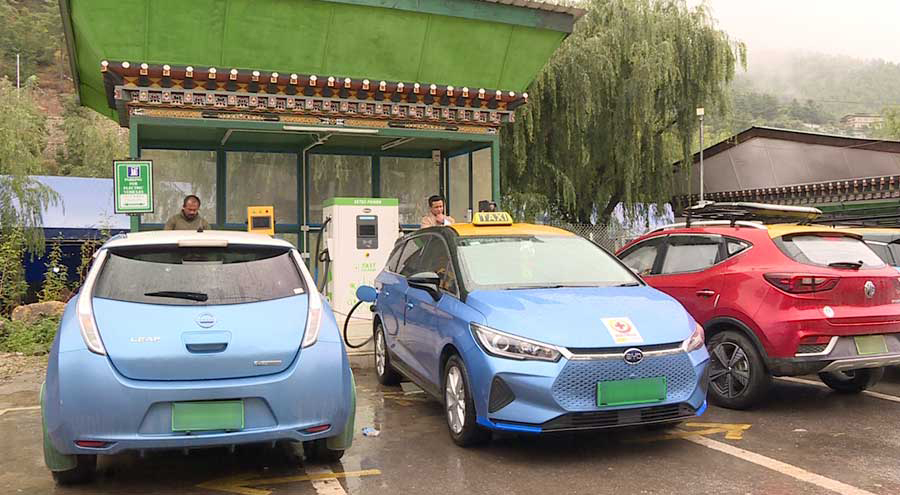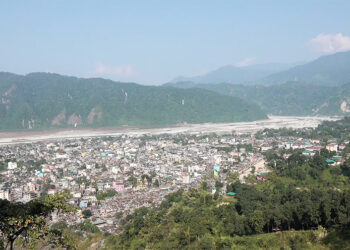 To keep pace with the country’s growing electric vehicle (EV) fleet, the government has announced plans to install additional charging stations across the country. If everything works as planned, there will be one EV charging station for every 15 vehicles by 2030. The move is part of Bhutan’s national strategy to expand EV infrastructure, reduce carbon emissions, and promote clean transportation.
To keep pace with the country’s growing electric vehicle (EV) fleet, the government has announced plans to install additional charging stations across the country. If everything works as planned, there will be one EV charging station for every 15 vehicles by 2030. The move is part of Bhutan’s national strategy to expand EV infrastructure, reduce carbon emissions, and promote clean transportation.
The Energy and Natural Resources Minister shared the plan during the National Assembly’s question hour session today.
Nyigshog-Saephu’s Member of Parliament Kuenga expressed concerns over the limited number of charging stations, especially in district towns and along highways, and the inadequate maintenance of existing facilities.
“When taxi drivers reach a district and their vehicles run out of battery, they often struggle because there is usually only one charging station, with many vehicles already waiting in line. They cannot risk leaving with a low battery. At the same time, their passengers, especially tourists, are unwilling to wait for long periods. These are some of the common challenges drivers face.”
 Currently, Bhutan has 714 registered electric vehicles.
Currently, Bhutan has 714 registered electric vehicles.
However, the country has only 75 charging stations, with more than half of these facilities concentrated in the western region, including Thimphu, Paro, and Phuentshogling.
According to the MP, four of these stations are currently damaged, and many are not compatible with newer EV models, limiting their utility.
Acknowledging the concerns, the Minister for Energy and Natural Resources announced that the Bhutan Power Corporation will be assigned full responsibility for the construction, maintenance, and ownership of EV charging stations.
He added that the Ministry of Finance will provide budgetary support for the rollout.
“Bhutanese should no longer be concerned. Moving forward, we plan to increase the use of electric vehicles. This will help reduce fuel imports. While our country lacks fossil fuel resources, we do have electricity, and it is only wise to make the best use of the resources we already have,” said Gem Tshering, Energy and Natural Resources Minister.
The minister added that work is ready to begin this year and that strategic locations across all districts will be selected to ensure equal distribution.
With the number of EVs expected to grow to more than 16,000 by 2030, the government’s new infrastructure goal aims to ensure that EV adoption is supported by reliable, accessible, and modern charging facilities.
Singye Dema, Namgay Dema & Devika Pradhan
Edited by Phub Gyem








